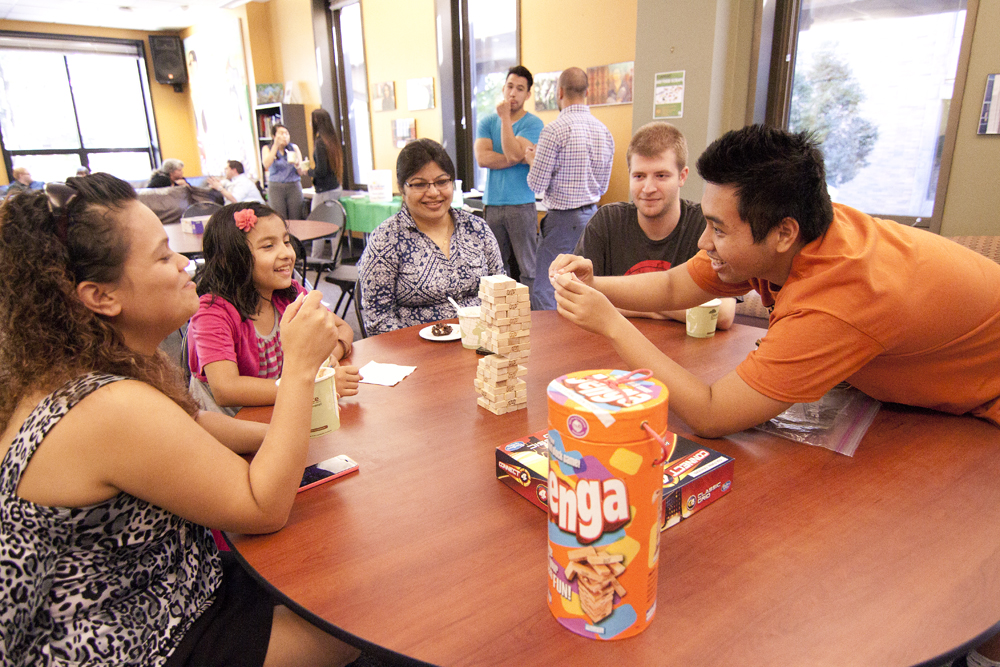Coloring eras: an interview with Ann Ploeger
Memory is a subjective thing. Moments are colored by and evolve with each participant. In retrospect, simple events and interactions become symbolic crossroads or clairvoyant signs. The portraiture of Ann Ploeger is like those most vivid moments of reflection. Her saturated photographs, filled with unblinking seemingly emotionless subjects, recall the earliest days of the medium – staid records of eras past. But at closer inspection the photos relinquish detailed personal histories.
Tiny objects of personal affection – the subject’s own belongings and environments, occasional augmented by the artist herself, reveal a narrative that no physical expression ever could.
And as Ploeger has relocated around the country the body of her work – these narratives – have evolved regionally. Her most recent show at the New Space Gallery features subjects from Nevada, Nebraska, Washington and Oregon, side by side, telling stories as disconnected as they are connected by region as by age, by interest as by lifestyle. I recently spoke with Ploeger, whose work has appeared in The Portland Mercury and Jane Magazine, about these connections.
How would you say region effects your work? Does shooting in Oregon, Nebraska, Nevada, Washington change anything? Is there something different to capture in each place?
Moving to New York City made me realize how much region affects my work – most of the images I have so far are of people in these beautiful homes and apartments in Portland where there’s a ton of space, colored walls, vintage furniture, etc.
Nevada is about family to me and my family’s home.
The photographs I’ve taken in Nebraska have a similar feel to those from Portland, but most of them are of people outside their homes – not for any particular reason. For the most part the similarities occur due to the fact that the subjects are generally in the same age range with similar interests.
In New York there is little space and even less nice, old furniture because living here is so much about the immediate and what’s free on the street. But people seem to amass many things in tiny spaces; I’ll have to see how it works photographing cramped space.
Are there specific aspects of each subject you hope to capture in your portraits?
I’ve been shooting portraits of my friends ever since I started taking photographs, and they have evolved to a level that has moved beyond just images of the people in my life. The project at the New Space began as a kind of analysis of people: about how couples operate and how single folks operate; how their environments inform them; how you can manipulate these environments to tell a different story; how masculine and feminine rolls play out even in the most mundane situations.
I love to take photographs in people’s environments – the way a person lives reflects who they are to every visitor and also links them to a specific era in their life. Being able to come in and shoot in these places, it gives the portraits more – more of what is in these people’s lives as well as ways to give clues about other factors that play into the feeling within the photograph.
How do approach color in your work?
Color is the most important factor in my work, and I cannot even imagine looking at this project in the same way if it were in black and white. It is amazing how much color can affect the mood of the photo and the quality of light. The best part of sequencing the work is noticing the similarities in prints of totally different people because of the color.
Are you working on anything now?
While I was in Portland for my show opening at the New Space, I wanted to take advantage of my time in
Portland and re-shoot as many people as possible from my past projects as well as shoot a few new portraits. Every phase of the portraits has been different – from head and shoulder shots to full body in the frame shots – and the next phase of portraits will be triptychs: a portrait surrounded by two images from the same environment as the shoot. For the most part, the next group of portraits will show how much people change and stay the same.



